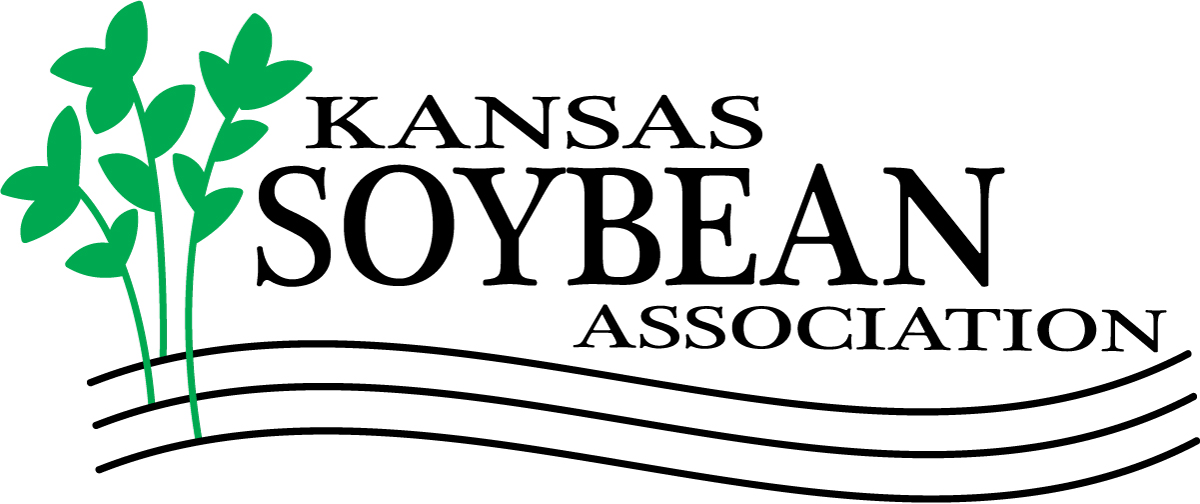Checkoff discussions heat up alongside summer temps
OFF Act threatens value to soybean farmers return on investment of the checkoff
R-CALF USA applauds it. Sponsoring Sen. Mike Lee (R-Utah) calls it a “common sense reform.” Rep. Nancy Mace (R-S.C.) and Dina Titus (D-Nev.) led the charge to bring it to the House of Representatives. It has supporters in the Farm Action Fund, National Dairy Producers Organization and Kansas Cattlemen’s Association.
“It” is the Opportunities for Fairness in Farming Act. And it has the attention of checkoff proponents.
The OFF Act surfaced in September 2021 when Lee brought the bill to the Senate. It did not progress any further. Fast forward to February 2023 and the bill landed back on the table with the same set of sponsors, comprising Sens. Cory Booker (D-N.J.), Rand Paul (R-Ky.), Elizabeth Warren (D-Mass.) and Kirsten Gillibrand (D-N.Y.) in addition to Lee. Lee, Booker and Paul attempted to land similar legislation, Senate Bill 741, in the 2018 Farm Bill (to no avail).
Now, months after its reintroduction, discussion around the legislation is heating up. In essence, the OFF Act of 2023 aims to establish restrictions on checkoff programs and further increase transparency. A key stipulation in the bill calls for “strict separation of engagement between [checkoff boards] and policy entities,” by not allowing any contract or agreement with such groups. It could essentially sever ties between state checkoff boards and association groups working toward complementary goals.
Advocates pushing the OFF Act forward – and pushing for its inclusion in the 2023 Farm Bill – purport checkoffs are a “slush fund,” have become “wasteful,” and “funnel money to lobbyists.” While the names of certain checkoffs have risen to the forefront in these discussions, it is important to note this legislation lumps all checkoffs together under its proposed rules. It is a situation with complex undercurrents.
Authorized in the 1990 Farm Bill, the Soybean Promotion, Research and Consumer Information Act created the soybean checkoff. It became effective in 1991 through the Soybean Research and Promotion Order. Though the United Soybean Board administers the national soybean checkoff, USDA oversees its compliance and publishes rules, referendums and other required documents. All 22 national commodity checkoffs operate in the same manner – with USDA’s oversight. The rules are stringent.
The Agricultural Marketing Service approves the release of every material branded by the checkoff. The Order states that financial records must be maintained and available to USDA for auditing. Meetings must be open to the public. Perhaps most importantly, compliance with the law prohibits checkoffs from engaging in policy work or utilizing any assessed funds for government influence. These are restrictions already established to execute a checkoff’s operations.
Every five years, producers contributing to the checkoff have the opportunity to request a referendum, which, if granted, would bring the existence of the checkoff to a vote. It requires 10 percent of contributing producers to complete the form at their local FSA office. Just 708 farmers out of 500,000 in the U.S., or one-tenth of one-percent, requested a vote on the soybean checkoff during the 2019 referendum period. That indicates overwhelming acceptance of the soybean checkoff and its promotional efforts.
For good reason – checkoff efforts across the nation have created a strong return-on-investment for contributing producers. Early in July, Rep. Barry Moore (R-Ala.) introduced a resolution in the House of Representatives expressing support for checkoffs, their ability to develop and strengthen commodity markets and their value to producers.
In the resolution, Moore cites the calculated return-on-investment for various commodities to showcase the industrywide benefit brought about by each checkoff. It also acknowledges the omega-3-enriched feed ration research conducted at Kansas State University, funded by the Cattlemen’s Beef Board, which has led to increased consumption, rates of gain and finished carcass weights of cattle, thus bringing additional value to ranchers.
The soybean checkoff itself returns $12.34 to the grower per every $1 assessed, as determined in a 2019 study conducted at Cornell University. A study into the efficacy of checkoff activities is required by USDA every 5 years; the results in 2019 increased $7.14 from the same study in 2014.

